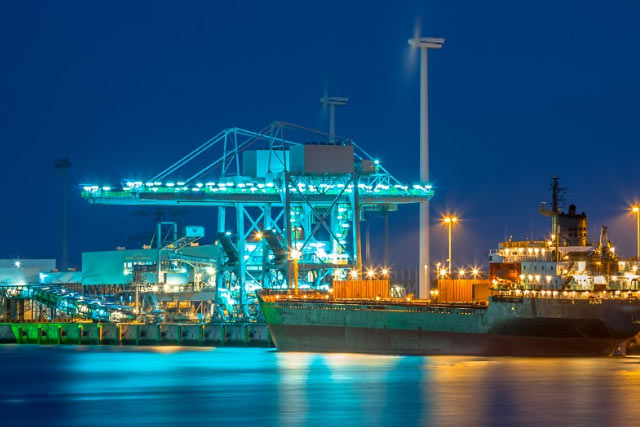Coking coal imports saw a dip of 24.05% to 7.47 MT in April and May of this year. The ports handled 19.19 MT of thermal coal and 9.84 MT of coking coal, respectively, during the April-May period of the previous financial year.
SpiceJet continues to expand cargo as passenger services remain low due to coronavirus SpiceJet continues to expand cargo as passenger services remain low due to coronavirus PMC Bank case: Bombay HC is seeking health information on Wadhawans PMC Bank case: Bombay HC is seeking health information on Wadha wans.
In its latest report, the IPA, which maintains the cargo data handled by these ports, stated that the “percentage variation from the previous year” in thermal coal handling was 35.94 per cent and 24.05 per cent in coking coal. Thermal coal is the mainstay of India’s energy programme, as 70% of electricity generation depends on dry fuel, while coking coal is mainly used for steel production.
India is the third largest producer of coal after China and the US, with 299 billion tons of resources and 123 billion tons of proven reserves, which can last for more than 100 years.
India has 12 major ports — Kandla, Mumbai, JNPT, Mormugao, New Mangalore, Cochin, Chennai, Kamarajar, Ennore, V.O. Chidambaranar, Visakhapatnam, Paradip and Kolkata (including Haldia)—about 61% of the country’s total freight traffic. During the last financial year, these 12 ports had handled 705 MT of freight.
These ports, where operations were affected by the coronavirus pandemic, registered a 22 per cent decrease in cargo handling to 92.82 MT over the first two months of the current financial year. Together, these ports handled 119.23 MT of cargo during the period April-May 2018-19 season.
Ports like Chennai, Cochin and Kamarajar saw their cargo volumes drop by more than 40%, while Kolkata and JNPT experienced a drop of more than 30% during April-May.
The port of Kamarajar saw its cargo handling decline by 46% to 3.22 MT in April-May, while the port of Chennai saw a huge 44.24% decline to 4.56 MT, according to IPA numbers.
Cargo handling at the Cochin port had dropped from 40.14 per cent to 3.41 MT, while the JNPT had decreased from 33.13 per cent to 8.02 MT. The Kolkata port had decreased from 31.60 per cent to 7.30 MT.
Last month, rating agency ICRA said that while all segments of freight are vulnerable, the container segment is expected to be more adversely affected.
While the general throughput of cargo may be subject to 5-8% contraction for the full financial year 2020-21, the container segment is likely to decline by 12-15%, ICRA said.



































